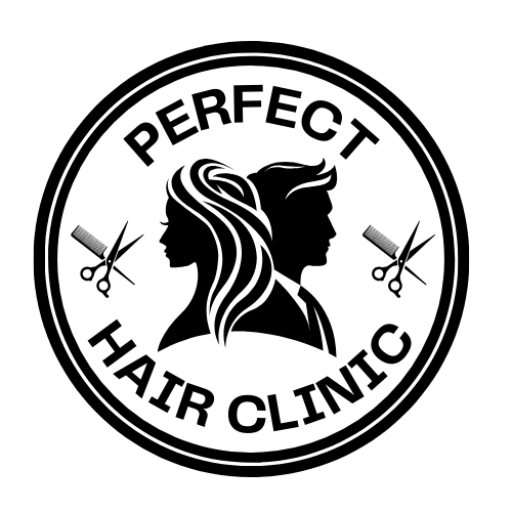Hair patches are a non-surgical solution for individuals dealing with hair loss. Whether you’re dealing with alopecia, pattern baldness, or temporary hair loss, hair patches provide a natural-looking solution. But how are these patches applied? Let’s dive into the common techniques used in hair patch applications to ensure a secure, comfortable, and long-lasting fit.
1. Clip-in Method
This technique involves attaching the hair patch using small clips sewn into the base of the patch. The clips securely fasten onto the existing hair, making it a temporary and easy-to-use solution.
Benefits:
- Quick and easy to apply and remove.
- Suitable for those with thinning hair who still have some volume.
- Causes no irritation as it doesn’t require adhesives.
Best For:
Individuals looking for a non-committal, temporary option. It’s ideal for daily use or special occasions where hair thinning is mild.
2. Weaving or Netting
In this method, the existing hair is braided into tiny cornrows or woven patterns. The hair patch is then sewn onto the braids. This process is semi-permanent and can last several weeks.
Benefits:
- Provides a stable, long-term solution.
- Works well for those with substantial hair loss.
- Less frequent maintenance than clip-ins.
Best For:
Those who want a semi-permanent fix and are willing to go for maintenance visits every few weeks.
3. Bonding with Adhesive
This is a common technique where medical-grade adhesives or hair tapes are used to secure the hair patch to the scalp. The adhesive ensures the patch blends seamlessly with natural hair and remains secure for an extended period.
Benefits:
- Provides a very natural look and feel.
- Long-lasting, can stay in place for up to 4-6 weeks.
- The adhesives are safe for the skin and easy to remove.
Best For:
People experiencing significant hair loss or complete baldness. It’s also suitable for individuals who want a more permanent solution without frequent maintenance.
4. Silicon Bonding
This method uses a silicon-based adhesive to attach the hair patch. It is especially suited for those with sensitive skin or scalp issues, as the silicon material is gentler and hypoallergenic.
Benefits:
- Gentle on sensitive skin.
- Long-lasting and secure.
- Water-resistant, meaning it can withstand daily activities.
Best For:
Those with sensitive skin or allergic reactions to standard adhesives, as well as those seeking long-lasting results with minimal scalp irritation.
5. Hair Patch with Micro Rings
The micro-ring technique uses tiny rings or beads to attach the hair patch to the client’s existing hair. These rings are clamped into place without the need for glue or heat.
Benefits:
- No adhesives or heat required.
- Reusable hair patches.
- Easy to remove and adjust.
Best For:
Clients who want a reusable solution and want to avoid adhesives, particularly those with moderate hair loss.
6. Taping Method
This technique uses double-sided hair tapes that attach the hair patch to the scalp or hair. The tapes are strong, hypoallergenic, and offer a more affordable alternative to bonding adhesives.
Benefits:
- Quick application process.
- Lightweight and comfortable.
- Safe for the scalp and hair.
Best For:
Individuals looking for a cost-effective yet secure option that provides natural results.
Choosing the Right Technique
Selecting the right technique for applying a hair patch depends on several factors, including the extent of your hair loss, lifestyle, and skin sensitivity. At Perfect Hair Clinic, we tailor our approach based on your individual needs to ensure comfort, confidence, and a natural look.
Ready to regain your confidence?
Visit us at Perfect Hair Clinic, and let our experts help you find the best hair patch solution for your unique needs.
Perfect Hair Clinic: Your trusted destination for non-surgical hair loss solutions.





